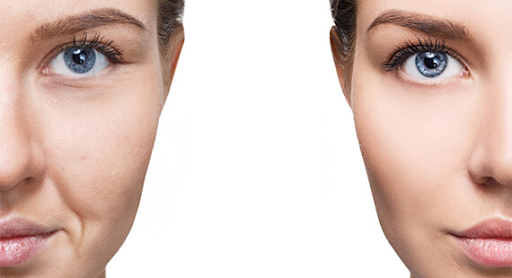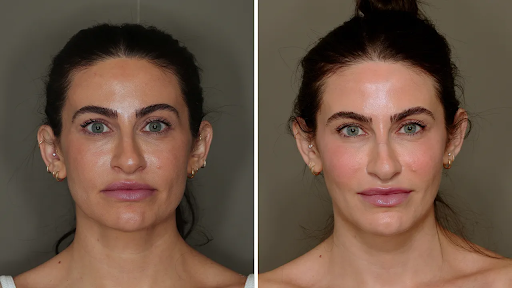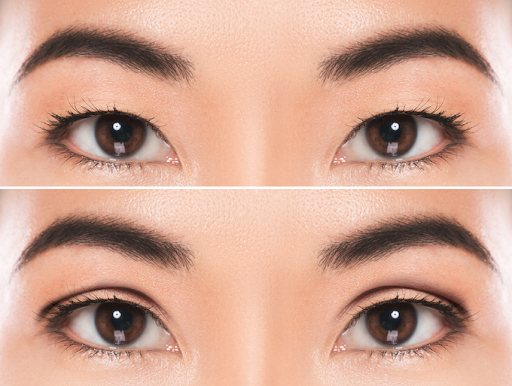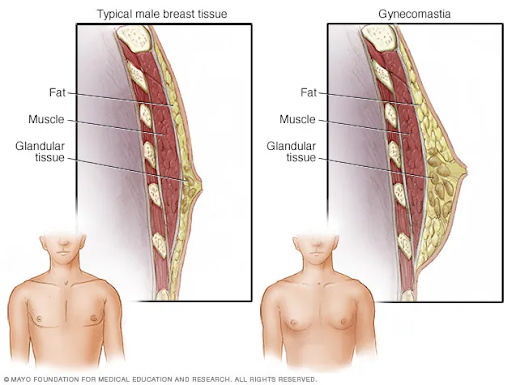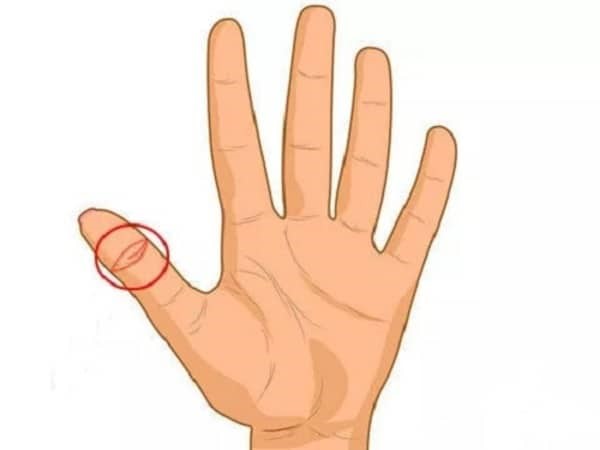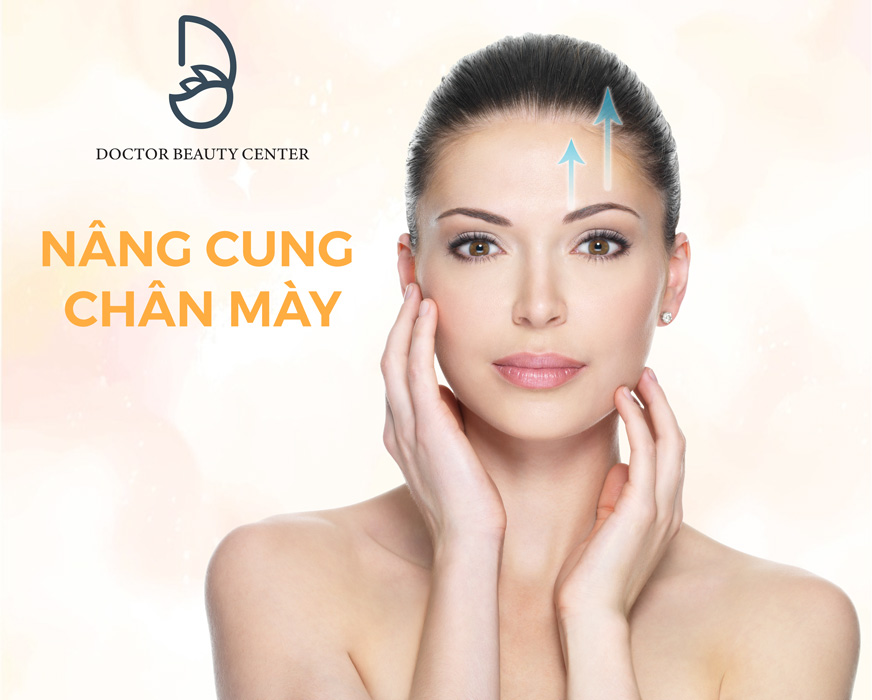Facial features are central to how we express ourselves and how others perceive us. Over time, age, sun exposure, lifestyle factors, and genetics can lead to visible changes such as hollow cheeks, deep folds, thinning lips, and sagging skin. While many treatments can address these issues, fat transfer for the face, also known as autologous fat grafting, has become an increasingly popular choice for those seeking long-lasting, natural results. This technique not only restores youthful volume but also improves skin health using the body’s own resources.
Facial fat transfer is a minimally invasive cosmetic procedure in which fat is removed from one area of the body, purified, and re-injected into the face
The benefits of fat transfer for facial rejuvenation
One of the most appealing aspects of fat transfer is its dual benefit: it restores facial volume while also improving the donor site’s contour through gentle liposuction. For example, removing fat from the waist or thighs can refine body shape, while transferring it to the face creates softer, more youthful contours.
Patients often choose fat transfer because it offers longer-lasting results compared to dermal fillers. While fillers typically last from six months to a year, the fat cells that successfully integrate into their new location can last for many years—sometimes permanently. The result is a softer, more natural look that adapts with your expressions and ages gracefully.
Another advantage is that fat transfer can be customized to address multiple areas of the face in a single session. From plumping thin lips to softening deep folds or redefining a sagging jawline, this versatile procedure can be tailored to your specific needs and aesthetic goals.
The step-by-step process of fat transfer
The journey begins with a thorough consultation to assess your facial structure, areas of volume loss, and available donor sites. Once a treatment plan is established, the procedure typically follows three main steps:
First, fat is harvested from a donor area using gentle liposuction techniques designed to preserve cell viability. This is usually performed under local anesthesia with sedation or, for larger transfers, general anesthesia.
Next, the extracted fat undergoes a purification process, often involving centrifugation or filtration, to remove unwanted fluids, oils, and damaged cells. This step ensures that only the healthiest, most viable fat cells are used for transfer.
Finally, the purified fat is injected into targeted facial areas using fine cannulas. The surgeon deposits tiny amounts in precise layers, allowing the fat to blend naturally with surrounding tissues and promoting better blood supply integration.
One of the main reasons patients choose fat transfer is its longevity
Recovery and Healing
Most patients experience some swelling and bruising both at the donor site and the treated facial areas. This typically subsides within one to two weeks, though minor swelling may persist for slightly longer. Discomfort is usually minimal and can be managed with over-the-counter pain medication.
Because the transplanted fat needs time to establish a blood supply, it’s important to avoid putting pressure on the treated areas during the initial healing phase. Sleeping on your back, refraining from strenuous activity, and following your surgeon’s aftercare instructions can greatly improve fat survival rates.
Final results are generally visible after three to six months, once swelling has completely resolved and the remaining fat cells have stabilized in their new location.
Potential risks and how to minimize them
While fat transfer is considered safe when performed by a qualified surgeon, it is still a medical procedure and carries potential risks. These can include asymmetry, lumpiness, infection, or partial fat absorption. However, choosing a skilled, experienced practitioner significantly reduces these risks and ensures a natural, balanced outcome.
Another important factor is understanding that not all transferred fat will survive—typically, 30–50% may be reabsorbed by the body. For this reason, surgeons often slightly overfill the treated areas to account for early volume loss. In some cases, a touch-up procedure may be recommended for optimal results.
Recovery after facial fat transfer is generally smooth but does require some patience.
Who is a good candidate for fat transfer for the face?
Ideal candidates for facial fat transfer are individuals in good overall health who have noticeable facial volume loss and enough donor fat available for harvesting. This procedure is particularly beneficial for those who want a natural alternative to fillers, are allergic to synthetic materials, or desire a longer-term solution.
Non-smokers tend to experience better healing outcomes, as smoking can restrict blood flow and reduce fat survival rates. Those with significant skin laxity may benefit from combining fat transfer with other procedures, such as a facelift, for a more comprehensive rejuvenation.
Long-term results and Maintenance
One of the main reasons patients choose fat transfer is its longevity. Once the transferred fat cells establish themselves with a healthy blood supply, they function like any other fat cells in the body. This means that the results can last for many years, although the natural aging process will still continue.
Maintaining a stable weight and a healthy lifestyle can help preserve your results. Large fluctuations in body weight may affect the volume and shape of the transferred fat, so consistency is key. Many patients also choose to pair fat transfer with occasional non-invasive treatments such as skin tightening, laser resurfacing, or Botox, to enhance and maintain their youthful appearance.
Why Fat transfer is different from Fillers
Although both fillers and fat transfer aim to restore lost volume, the two methods are fundamentally different. Fillers are quick, non-surgical treatments with immediate results but require regular maintenance. Fat transfer, on the other hand, involves a minor surgical procedure, but offers long-lasting outcomes and a more natural integration with facial tissues.
Fat transfer for the face has emerged as a highly effective, long-lasting, and natural alternative.
Moreover, fat transfer provides regenerative benefits thanks to the stem cells found in fat tissue. This can lead to gradual improvements in skin quality, giving the face a more radiant and refreshed appearance even months after the procedure.
Choosing the Right Specialist – Dr. Harvard
The artistry and precision of the surgeon are critical to achieving the best possible outcome with facial fat transfer. A highly trained professional will not only have the technical expertise to ensure fat cell viability but also the aesthetic judgment to create balanced, natural results that enhance your individual beauty.
During your consultation, ask about the surgeon’s experience with fat grafting, view before-and-after photos, and discuss realistic expectations for your unique case. A good surgeon will provide honest advice and a clear understanding of the benefits and limitations of the procedure.
At Dr. Havard’s clinic, facial fat transfer is approached with meticulous care, combining advanced medical techniques with a refined artistic eye. Dr. Havard understands that every face is unique, and each patient’s treatment is tailored to their individual needs and goals. By using your body’s own natural resources, we restore youthful contours while preserving the harmony of your features.
From the initial consultation through the recovery process, Dr. Havard and our dedicated team are committed to providing exceptional care, ensuring your safety, comfort, and satisfaction at every step. With a focus on achieving results that look and feel natural, the clinic has built a reputation for excellence in facial rejuvenation.
If you’re considering fat transfer for your face and want results that enhance rather than change your appearance, Dr. Havard’s expertise and personalized approach make us the trusted choice.
Schedule a consultation today to explore how this natural, long-lasting technique can help you look as vibrant as you feel.


